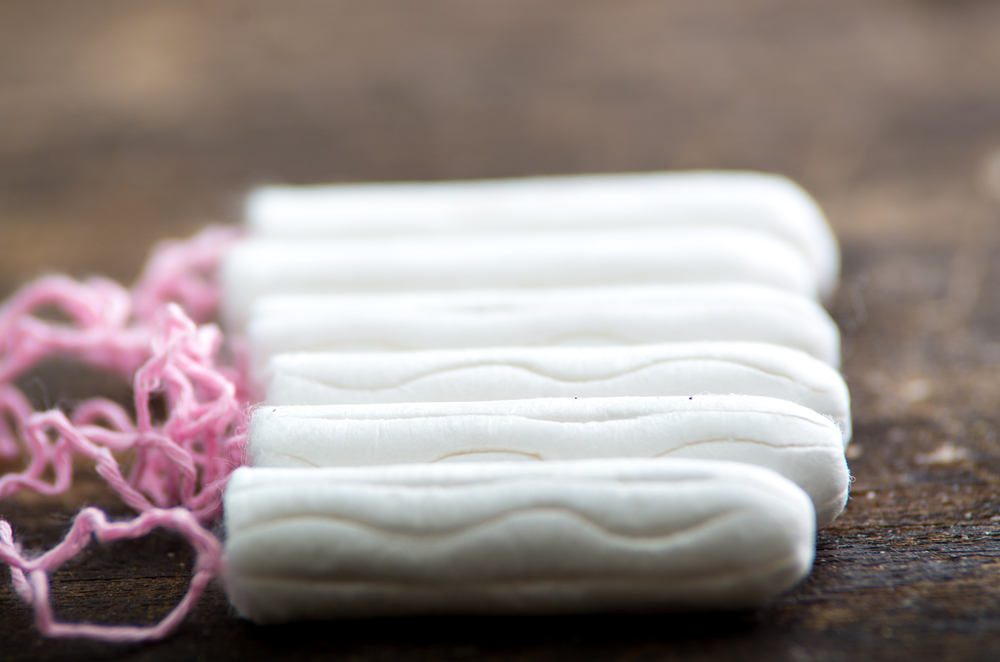For the millions of women out there who use tampons as part of their monthly hygiene routines, it’s about time they were fully aware of all of the potential health risks that tampons might be posing to women. In a recent study conducted by the University of La Plata in Argentina, it was found that at least 85% of the tampons, cotton balls, and sanitary products contained traces of glyphosate, a chemical thought to be a potential carcinogen according to the World Health Organization’s International Agency for Research on Cancer.
The results of this study could have very serious consequences for women and for the companies they use and trust. When a consumer reaches for a product made of cotton to clean a wound or for a personal hygienic purpose, the consumer assumes that the product they are using is sterile. But according to the results of this recent study, many of these cotton products could be contaminated with a carcinogenic substance, which overtime could cause a lot of damage to the person using them.
Glyphosate is an herbicide used for various purposes. Most notably, glyphosate is used in the regulation of plant growth and fruit ripening. The National Pesticide Information Center (NPIC) has found that this chemical is one of the most widely used herbicides in the entire United States. Over 750 products that are sold in the United States contain some degree of glyphosate. Genetically modified cotton, which is often used in the production of cotton balls and tampons, has been sprayed with glyphosate. The chemical is then passed on to the final product that is sold in the stores.
The International Agency for Research on Cancer has yet to find glyphosate as a direct cause of cancer in humans. The chemical has been classified as a probable carcinogen because of the evidence linking the chemical to the development of tumors in rats. Glyphosate has also been classified as genotoxic, meaning that it can cause damage to DNA.
Glyphosate may not be the only dangerous ingredients or chemical contained in tampons, but the general consumer would not be able to figure out what is actually in tampons all on their own. The FDA does not mandate that the manufacturers of tampons needs to provide ingredient labeling on the packaging of the products. Tampons are designated as “medical devices” and thus, companies are not required by law to disclose the ingredients. This leaves consumers incredibly vulnerable and dependent on tampon companies to ensure that they are creating products that are sterile and safe for the use of consumers.
Earlier this year, Congresswoman Carolyn Maloney (D-N.Y.) introduced the Robin Danielson Feminine Hygiene Product Safety Act of 2015. This act directs the National Institutes of Health to research the potential health risks that feminine hygiene products might pose and it also encourages the Food and Drug Administration to create more comprehensive monitoring efforts. The act also calls upon the FDA to disclose a list of contaminants that exist within the range of feminine hygiene products that are sold in the United States.
It’s about time that every woman is aware of exactly what she is putting into her body.
Cover image courtesy of Shutterstock.




comments